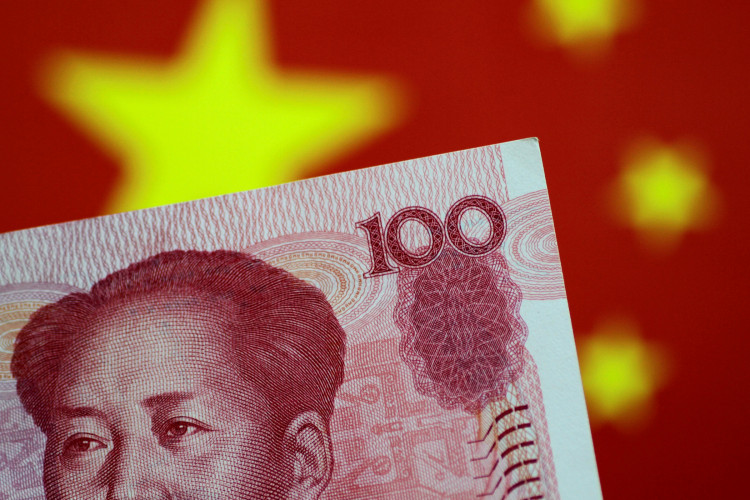China's economy is facing increasing challenges as a wave of disappointing data has prompted analysts to lower their expectations for the country's full-year GDP growth. The latest reports indicate a concerning trend, with key economic indicators, including industrial production, retail sales, and urban investment, all showing weaker-than-expected performance in August. As a result, concerns are mounting that China may not meet its growth targets for the year.
Eswar Prasad, a professor of international trade and economics at Cornell University, highlighted the grim outlook during an appearance on CNBC's "Street Signs Asia." "There hasn't been much good news in this latest round of data, and this has been the pattern for the last few months," Prasad noted. He pointed to both long-term structural issues, such as property market troubles, and short-term challenges, including weak domestic demand and sluggish private investment, as significant drags on the economy.
The situation has become so dire that Prasad warned Beijing's economic outlook for the second half of the year is now "flashing red, or pretty close to red." This assessment is echoed by Duncan Wrigley, chief strategist at Everbright Securities International, who described the current state of the Chinese economy as a "slow, painful, grinding adjustment." Wrigley acknowledged that while China has so far avoided a systemic financial crisis similar to those seen in other countries with major housing downturns, the ongoing adjustments are taking a toll on overall economic performance.
The latest data, released over the weekend by the National Bureau of Statistics (NBS), revealed that China's value-added industrial output grew by 4.5% year-over-year in August, a slowdown from previous months. This decline in industrial growth, coupled with a six-month high in the urban jobless rate and the fastest year-on-year drop in home prices in nine years, paints a bleak picture for the world's second-largest economy.
Yingrui Wang, an economist at AXA Investment Managers, expressed concern that "time is running out" for China to achieve its growth targets for the year. Wang highlighted the slowdown in industrial production, which had been one of the few bright spots in the economy until recently, and noted that the positive impact of manufacturing is now being overshadowed by the worsening crisis in the property sector. "While the manufacturing sector has shown resilience, its strength is insufficient to offset the drag from other sectors, particularly the property sector," Wang said.
Domestic consumer demand remains weak, with retail sales growth slowing to 2.1% year-over-year in August, down from 2.7% in July. Wang warned that this continued consumer weakness is pushing the economy toward the brink of deflation, a scenario that could have long-lasting structural impacts if not addressed promptly.
In response to the deteriorating economic conditions, several major financial institutions have revised their GDP forecasts for China. Bank of America has lowered its growth projection for 2024 to 4.8%, while Citigroup has adjusted its forecast to 4.7%. Both figures fall short of the Chinese government's target of "about 5%" growth for the year.
Prasad criticized the Chinese government for being slow to implement bold measures to stimulate the economy, particularly in terms of monetary policy. "Using monetary policy requires fairly significant action. It also requires early action, and we haven't seen either of those from the Chinese government," he said. With the U.S. Federal Reserve widely expected to cut rates later this week, some analysts are questioning whether the People's Bank of China will follow suit, though many expect any rate cuts in China to be more modest.
The broader concern is that China's economic slowdown could have more profound and lasting consequences. As Wang from AXA Investment Managers noted, the risk of China slipping into a demand-deficient deflation trap is growing as the country moves into 2025. Such a scenario would represent a significant challenge not only for China but also for the global economy, given China's central role in global trade and manufacturing.






